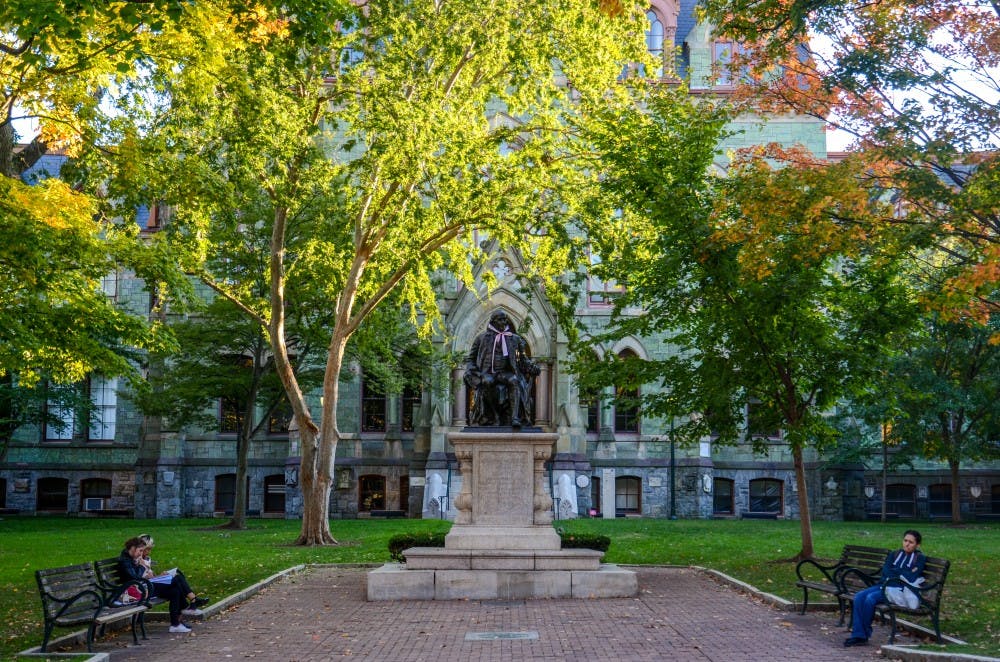While student leaders of minority groups on campus said they were not surprised with the results of a recent study by Brandeis University, which found Penn to be lacking in socio-economic diversity and “hostile” to students of color, they felt the study left out certain nuances of their experiences at Penn.
The Brandeis study found that none of the 1,113 Penn students they surveyed lived in ZIP codes in the lowest quintile of median income prior to coming to Penn. Wharton senior and board member of Penn First Seidy Pacheco said that while it is “not surprising at all” that low-income students are underrepresented at Penn, she is not sure that ZIP codes are an accurate measurement of socio-economic background.
“Some of us live in ZIP codes with way higher median incomes than our own families’ median income, so I would not be surprised to find Penn students within that lowest quintile,” Pacheco said.
She added that it can be difficult for external institutions to accurately identify Penn’s socio-economic profile because having a low-income status is still stigmatized and students may not be comfortable “sharing this label with the world.”
College junior and former board member of Penn First David Thai agreed, adding that Penn administrators should make the socio-economic breakdown of admitted students more accessible and transparent.
“It would be very empowering not just for low income students here, but for high school students looking into Penn,” he said.
Penn Admissions reports on its website that 12 percent of the students in Class of 2020 are first-generation college students, but does not provide information on the socio-economic profile of the class. Thai said it is important to recognize that first-generation students are not necessarily low-income, and that separate statistics should be provided.
The Brandeis study also found that there is “a hostile environment toward people of color at Penn.”
Wharton sophomore and Political Chair of UMOJA Victoria Brown said the findings did not surprise her “at all,” citing incidents such as the Phi Delta Theta 2014 holiday card which featured a dark-skinned blow up doll. Brown added however, that the findings of the Brandeis study need to be qualified because Penn is not a “monolith.”
“Penn is made up of very different people,” she said, “For example, there are administrators who make black students on this campus feel extremely safe and extremely valued just as there are administrators who make you feel like you’re very miniscule.”
Brown said that both institutions and individuals at Penn need to take responsibility for their influence on campus culture.
Pacheco agreed, adding that enhancing socio-economic diversity at Penn does not just entail recruiting more students from low-income backgrounds, but rather ensuring that Penn is a hospitable environment for them.
“Students are your best recruiters,” Pacheco said. “If you make students here feel like they belong, feel like they have a home, then they will go back to their communities and talk to their high school friends, siblings, cousins.”
“What it comes down to is making Penn into a home and a community that serves all students,” she added. “Not just those who can afford to be part of the main ecosystem.”









